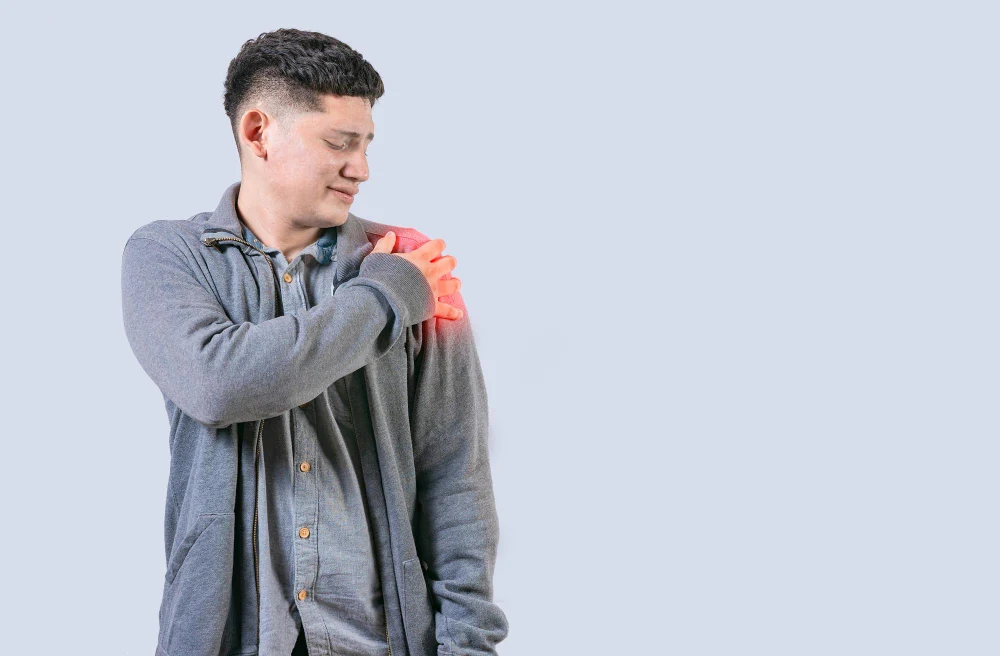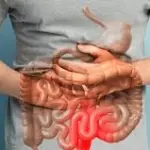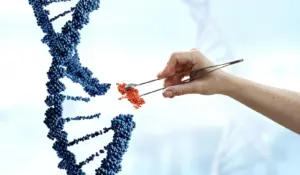Effective Shoulder Dislocation Treatment for Pain Relief and Stability Restoration
Shoulder Dislocation occurs when the upper arm bone slips out of the shoulder socket, causing severe pain.

Shoulder Dislocation
Shoulder Dislocation occurs when the upper arm bone (humerus) slips out of its socket (glenoid) in the shoulder blade. It’s one of the most common joint dislocations due to the shoulder’s wide range of motion. This injury can result from trauma, sports activity, or a fall. Symptoms include intense pain, swelling, and inability to move the arm. Immediate medical attention is vital to reposition the bone and prevent complications. With proper treatment, rehabilitation, and strengthening exercises, patients can regain full function and reduce the risk of recurrent dislocations. Early intervention ensures long-term shoulder stability and optimal recovery.

Early Detection Saves Lives
Early detection and treatment are crucial for improving the chances of survival. If you notice any concerning symptoms, consult a healthcare provider immediately.
Signs and Symptoms
Severe Shoulder Pain
Sudden, sharp pain immediately after injury or movement.
Visible Deformity
The shoulder may appear out of place or flattened compared to the other side.
Swelling and Bruising
Rapid inflammation around the joint due to torn ligaments and muscles.
Restricted Movement
Inability to lift, rotate, or move the arm comfortably.
Muscle Spasms
Involuntary tightening of shoulder muscles, increasing pain and stiffness.
Numbness or Tingling
Especially in the neck, arm, or fingers due to nerve compression.
Weakness
Decreased strength in the affected arm and difficulty performing daily tasks.
Recurrent Instability
In some individuals, the shoulder may pop out repeatedly after the first dislocation.
Blood in Urine
Hematuria - pink, red, or dark urine, the most common symptom
Frequent Urination
Feeling the need to urinate frequently, even when bladder is not full
Painful Urination
Experiencing pain or burning sensation while urinating
Back or Pelvic Pain
Pain that occurs as the cancer grows and spreads
Unexplained Weight Loss
Significant weight loss not related to diet or exercise
Fatigue
Feeling unusually tired or weak without a clear cause
Meet Our Expert Shoulder Dislocation Specialists
Risk Factors
Smoking
Smoking is one of the leading causes of bladder cancer. Chemicals in tobacco smoke can damage the lining of the bladder, increasing the risk.

Gender
Men are at a higher risk of developing bladder cancer than women.

Chronic Bladder Infections or Inflammation
Conditions such as bladder infections and long-term bladder inflammation can increase the risk.

Exposure to Chemicals
Prolonged exposure to certain chemicals, especially those used in the dye industry, rubber production, and chemical manufacturing, increases the risk.

Sports Injuries
Common in contact sports like football, basketball, or wrestling.

Falls
Slipping or falling on an outstretched arm can easily dislocate the shoulder.

Previous Dislocation
A past injury increases the chance of recurrence due to stretched ligaments.

Joint Laxity
Naturally loose or hypermobile joints make dislocation more likely.

Age
Younger adults and teenagers face higher risk due to active lifestyles.

Occupational Hazards
Jobs involving heavy lifting or repetitive overhead motions.

Genetic Factors
Some individuals inherit weaker connective tissues.

Weak Shoulder Muscles
Poor conditioning of rotator cuff muscles can lead to instability.

Shoulder Dislocation
Diet and Nutrition
Prevention
Diagnosis
Key Services
Key Facilities
Nutrition supports faster recovery and joint health after a shoulder dislocation.
- Protein: Helps rebuild damaged muscles and connective tissues. Include eggs, fish, chicken, tofu, and legumes.
- Calcium: Strengthens bones; consume dairy products, almonds, and leafy vegetables.
- Vitamin D: Enhances calcium absorption; get sunlight exposure or fortified foods.
- Vitamin C: Promotes collagen formation and tissue repair; eat citrus fruits, strawberries, and bell peppers.
- Omega-3 Fatty Acids: Reduce inflammation and speed up healing; found in salmon, walnuts, and flaxseeds.
- Magnesium: Supports muscle relaxation and nerve function; include spinach, avocados, and nuts.
- Zinc: Aids wound healing and cell growth; sources include seafood and pumpkin seeds.
- Hydration: Adequate water intake maintains joint lubrication and prevents stiffness.
- Avoid Junk Food: Minimize sugar, fried items, and alcohol as they delay healing.
While shoulder dislocation can’t always be avoided, preventive measures can significantly reduce risk.
- Strength Training: Focus on rotator cuff and shoulder blade muscles for stability.
- Warm-Up Before Sports: Proper stretching prepares muscles for activity and prevents strain.
- Correct Technique: Use proper form during exercises, lifting, or throwing.
- Protective Gear: Use shoulder braces or padding in contact sports.
- Avoid Overuse: Take breaks between repetitive overhead movements.
- Posture Awareness: Maintain upright posture to keep the shoulder in proper alignment.
- Fall Prevention: Install anti-slip mats and ensure safe surroundings, especially for seniors.
- Rehabilitation Exercises: Continue physiotherapy even after recovery to maintain joint strength.
- Healthy Weight: Maintain a fit body to avoid undue stress on joints.
Proper diagnosis ensures effective treatment and reduces the risk of recurrence.
- Medical History: Evaluates the cause, frequency, and previous shoulder injuries.
- Physical Examination: Checks for deformity, swelling, and range of motion.
- X-rays: Confirm the dislocation type and rule out bone fractures.
- MRI Scan: Reveals damage to ligaments, tendons, or cartilage around the shoulder.
- CT Scan: Provides a detailed 3D image of the shoulder joint structure.
- Nerve Tests: Assess any nerve compression or injury resulting from the dislocation.
- Ultrasound: Helps evaluate soft tissue and detect partial dislocations or tears.
- Post-Reduction Imaging: Ensures proper alignment after the shoulder has been repositioned.
Hospitals like VS Hospitals offer advanced shoulder injury care through a combination of expertise and technology.
- Closed Reduction Technique: Non-surgical repositioning of the dislocated shoulder under local anesthesia.
- Arthroscopic Surgery: Minimally invasive repair of torn ligaments and damaged cartilage.
- Rotator Cuff Repair: Strengthens and stabilizes the joint after recurrent dislocations.
- Rehabilitation Therapy: Personalized physiotherapy to restore movement and prevent stiffness.
- Pain Management Programs: Include medication, cold therapy, and ultrasound treatments for pain relief.
- Sports Medicine Support: Specialized care for athletes to safely return to play.
- Postural and Strength Training: Builds endurance and alignment for long-term shoulder stability.
- Imaging and Diagnostics: On-site MRI, CT, and X-ray services for rapid assessment.
- 24/7 Emergency Care: Immediate response to traumatic shoulder dislocations.
- Follow-Up Monitoring: Regular check-ups to prevent future instability or complications.
- Dedicated Orthopedic & Sports Injury Department: Specialized units for shoulder and joint conditions.
- Advanced Operating Suites: Equipped with arthroscopic and minimally invasive surgical tools.
- Imaging and Radiology Centers: High-definition MRI and CT for precise evaluation.
- Rehabilitation Gym: Fully equipped with exercise machines for shoulder recovery.
- Pain and Mobility Clinics: Provide chronic pain management and range-of-motion training.
- Sports Injury Recovery Lab: Designed for athletes to regain strength safely.
- 24/7 Emergency and Trauma Unit: Handles accidents, sports injuries, and dislocations efficiently.
- Hydrotherapy and Electrotherapy Facilities: Improve muscle recovery and circulation.
- Patient Education and Counseling: Offers guidance on posture, strengthening, and daily ergonomics.
- Nutritional Support Units: Personalized diet plans to enhance muscle repair and healing.
Top Medical Facilities at Our Multispeciality Hospital – Here’s What Makes Us Different!
Ready to Begin Your Shoulder Dislocation Treatment Journey?
Learn More About Shoulder Dislocation Care
Frequently Asked Questions
Avoid trying to pop the shoulder back yourself. Immobilize the arm with a sling or towel, apply an ice pack, and seek medical care immediately. A trained specialist will reposition the bone safely. Prompt treatment prevents nerve damage, swelling, and long-term instability of the shoulder joint.
Recovery depends on the severity of injury. Mild cases heal in 3–6 weeks, while severe or recurrent dislocations may require surgery followed by 2–3 months of physiotherapy. Early rehabilitation and strengthening exercises play a vital role in restoring full shoulder mobility and preventing re-injury.
Yes, especially in younger individuals or those with weak ligaments. Once the shoulder dislocates, it becomes more prone to recurrence. Strengthening exercises, physiotherapy, and in some cases, surgical stabilization can help reduce future dislocations and restore full joint stability.
